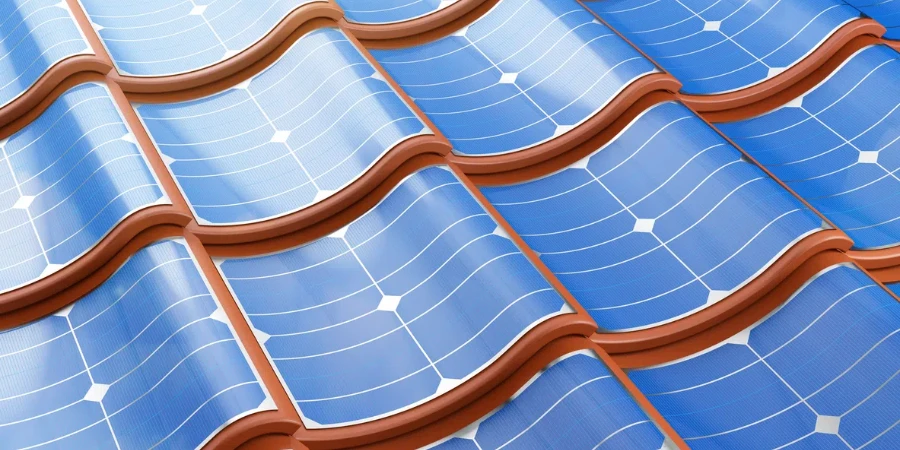The concept of solar shingles is revolutionizing the way we think about renewable energy in residential areas. As we strive for more sustainable living practices, the integration of solar technology into roofing materials presents an innovative solution. This article delves into the essentials of solar shingles, exploring their benefits, installation process, cost, durability, and environmental impact. By breaking down these key aspects, we aim to provide a comprehensive understanding of solar shingles, empowering homeowners to make informed decisions about their energy solutions.
Table of Contents:
– What are solar shingles?
– The installation process of solar shingles
– Understanding the cost of solar shingles
– Durability and maintenance of solar shingles
– Environmental impact of solar shingles
What are solar shingles?
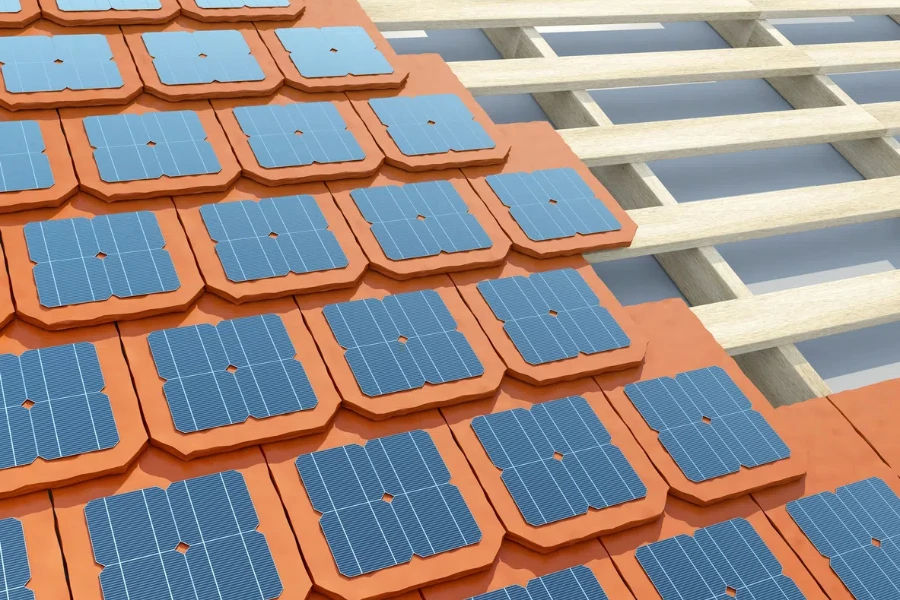
Solar shingles are a type of photovoltaic (PV) material that can be installed on roofs to convert sunlight into electricity, similar to traditional solar panels but with a key difference. These shingles are designed to look like conventional roofing materials while harnessing the power of the sun. This dual functionality not only generates electricity but also maintains the aesthetic appeal of the home.
The technology behind solar shingles has evolved significantly over the years. They are now more efficient and can blend seamlessly with the architectural design of most homes. The photovoltaic cells embedded within the shingles capture sunlight and convert it into electricity, which can then be used to power a home.
Adopting solar shingles can significantly reduce electricity bills and increase energy independence. Homeowners looking to shift towards sustainable energy sources without compromising on their home’s appearance find solar shingles an attractive option.
The installation process of solar shingles

The installation of solar shingles is more complex than that of traditional shingles and requires professional expertise. The process begins with a thorough assessment of the roof to ensure it is suitable for solar shingle installation. Factors such as roof slope, orientation, and structural integrity are crucial considerations.
Once the roof is deemed suitable, the old roofing material is removed, and a special underlayment that accommodates the solar shingles is installed. The solar shingles are then laid out in rows, similar to traditional shingles, and connected to the home’s electrical system.
It’s important for homeowners to work with certified installers who have experience with solar shingle technology. This ensures the system is installed correctly and operates efficiently. The installation process may take longer than traditional roofing projects, but the benefits of generating renewable energy can outweigh the initial inconvenience.
Understanding the cost of solar shingles
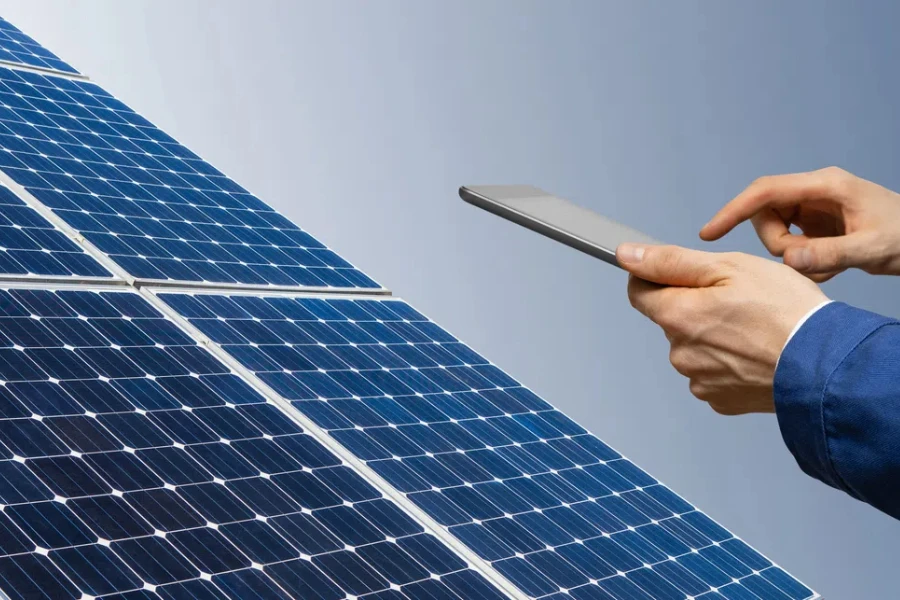
The cost of solar shingles can vary widely depending on several factors, including the size of the installation, the energy needs of the household, and the specific product used. Initially, solar shingles are more expensive than traditional solar panels and roofing materials. However, they offer the dual benefit of serving as both a roof and a power source.
Investing in solar shingles can lead to significant savings on electricity bills over time. Many regions offer incentives and rebates for installing solar energy systems, which can help offset the upfront costs. Homeowners should consider the long-term savings and environmental benefits when evaluating the cost of solar shingles.
Additionally, the increase in property value is a notable advantage. Homes equipped with solar energy systems often sell for a premium, making solar shingles a wise investment for the future.
Durability and maintenance of solar shingles
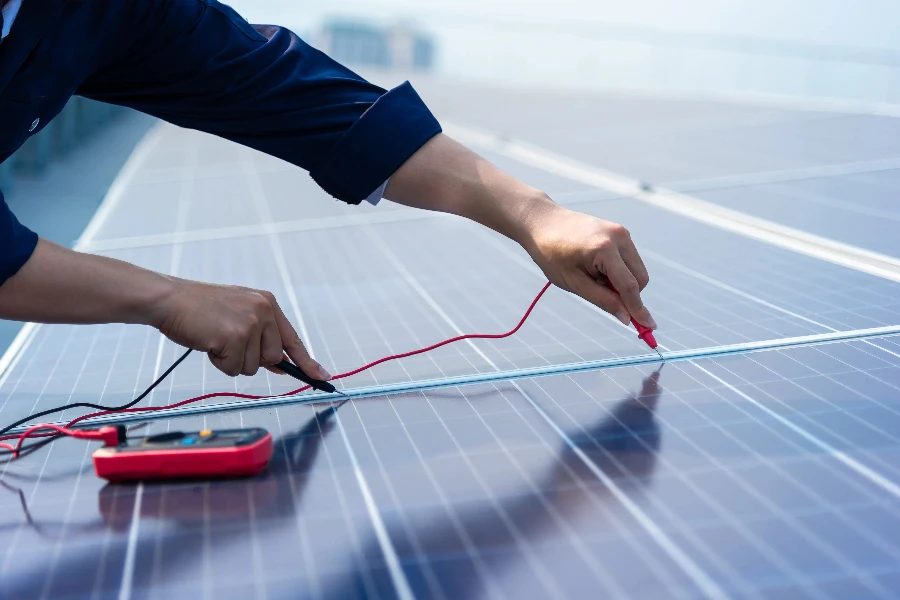
Solar shingles are designed to withstand harsh weather conditions, including heavy rain, hail, and high winds. They are generally made from durable materials that can last for decades. The lifespan of solar shingles often matches or exceeds that of traditional roofing materials, making them a long-lasting investment.
Maintenance requirements for solar shingles are minimal. Regular inspections and cleaning to remove debris and ensure the shingles are functioning properly are typically all that’s needed. In the event of damage, individual shingles can be replaced without disrupting the entire system.
The durability and low maintenance of solar shingles make them an appealing choice for homeowners. They provide a reliable source of renewable energy with minimal upkeep, ensuring a sustainable energy solution for years to come.
Environmental impact of solar shingles
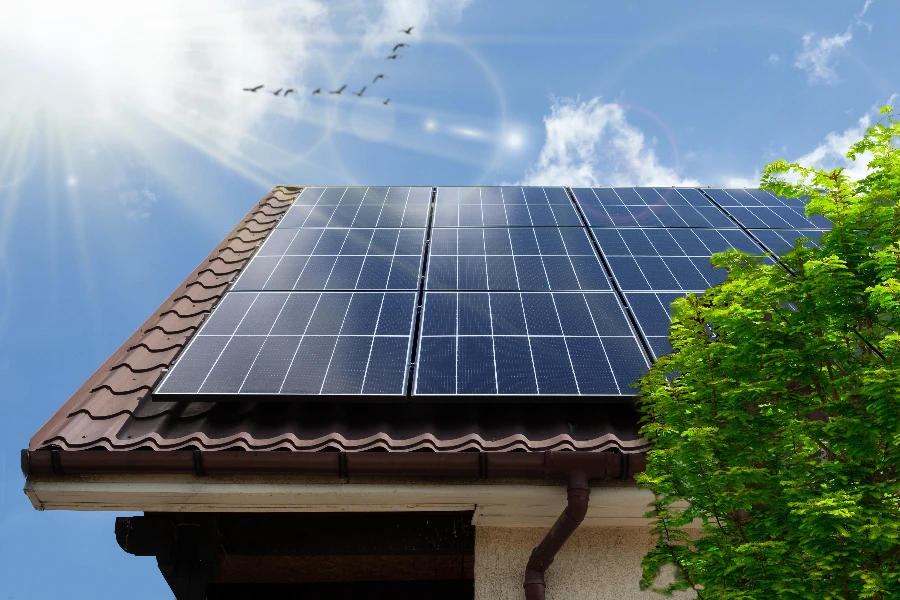
Solar shingles contribute to a reduction in greenhouse gas emissions by generating clean, renewable energy. By converting sunlight into electricity, they decrease reliance on fossil fuels and help combat climate change. The adoption of solar shingles can significantly reduce a household’s carbon footprint.
Moreover, the production of solar shingles is becoming more environmentally friendly. Advances in manufacturing processes aim to reduce waste and improve the efficiency of photovoltaic cells. This ongoing innovation ensures that solar shingles are a sustainable choice for energy production.
The environmental benefits of solar shingles extend beyond energy generation. By serving as both a roofing material and a power source, they reduce the need for separate systems, minimizing resource use and environmental impact.
Conclusion:
Solar shingles offer a promising solution for homeowners seeking to embrace renewable energy without sacrificing the aesthetic appeal of their homes. While the upfront costs may be higher than traditional energy sources, the long-term savings, durability, and environmental benefits make them a worthwhile investment. As technology advances and becomes more accessible, solar shingles are set to play a pivotal role in the transition to sustainable living. Embracing this innovative technology can help reduce our environmental impact and lead us towards a cleaner, greener future.
